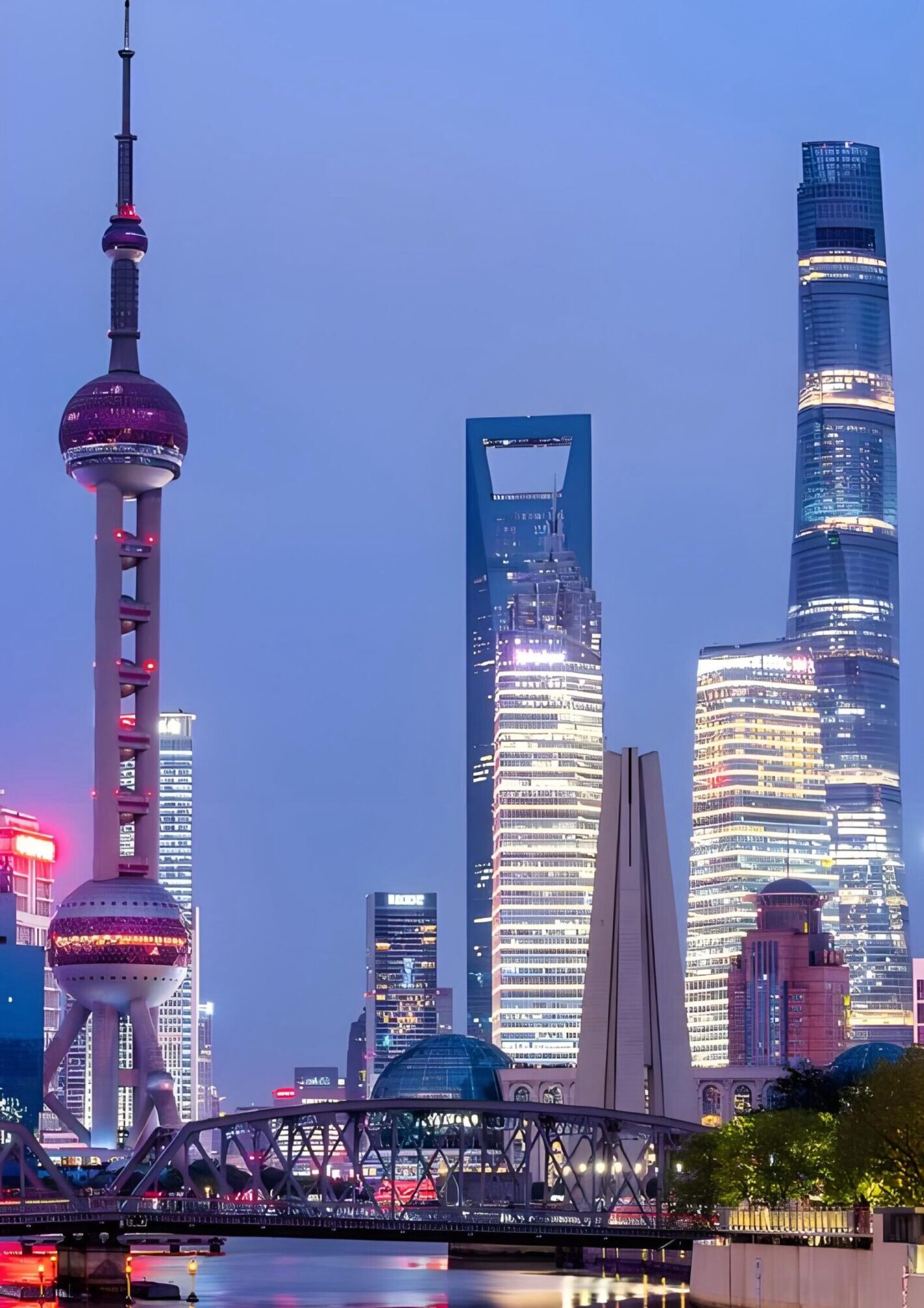Shanghai streets are where the city’s real charm hides, beyond the skyscrapers and glamorous skyline. This mix of past and present can be found within a day’s walk. Think of stepping from the brilliant lights of Nanjing Road down across Shanghai’s first-planned buildings (the colonial facades along The Bund) to Wukang Road’s quiet foliage. Turn a corner and you’re on Anfu Road as cafes hum with soft conversation. Wander a few blocks west to Yuyuan Road for old villas and dessert shops, or end up on Duolun Road where a literary atmosphere lingers in the air.
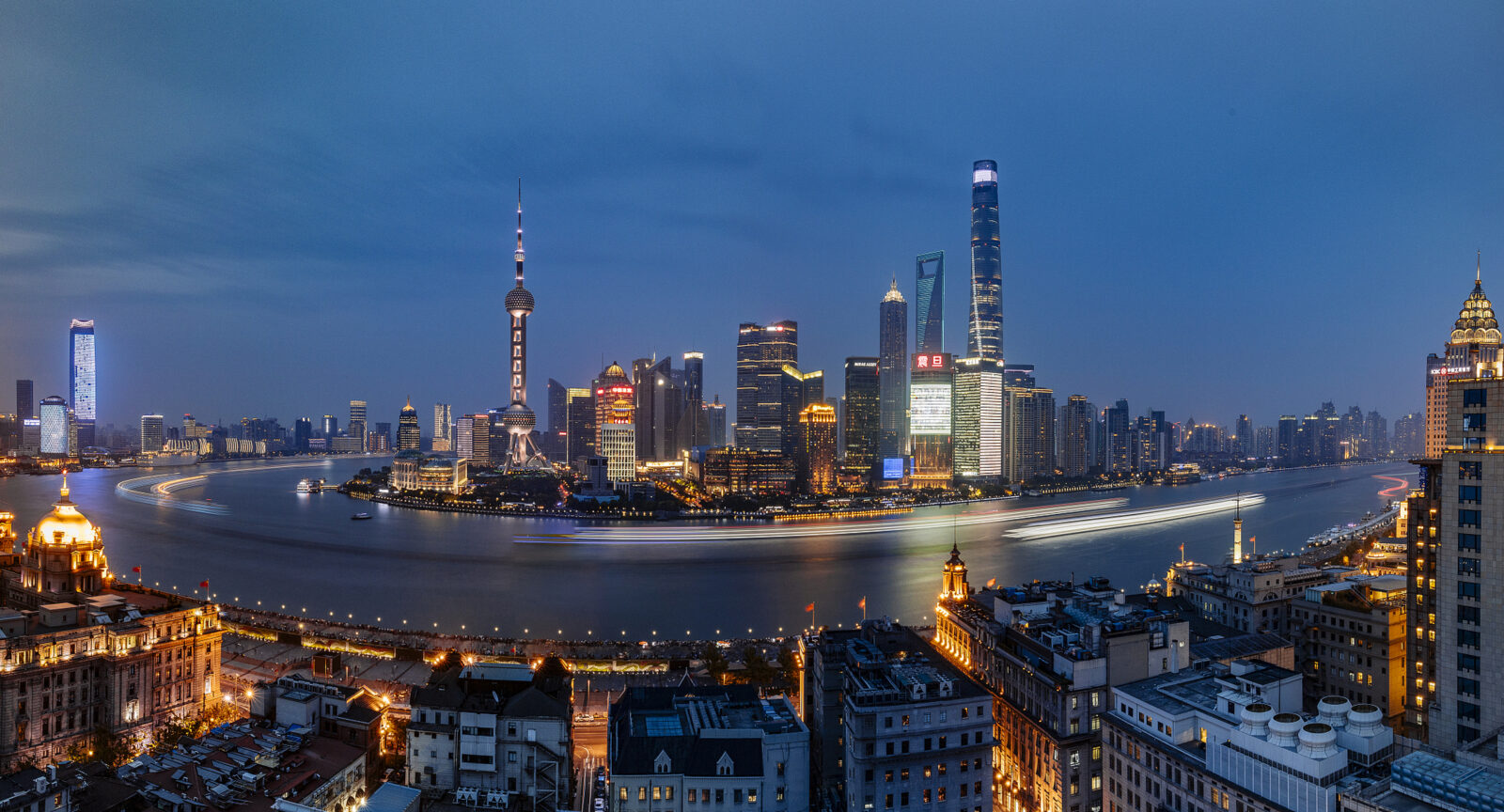
The Bund at night
Nanjing Road – The Most Famous Street in Shanghai
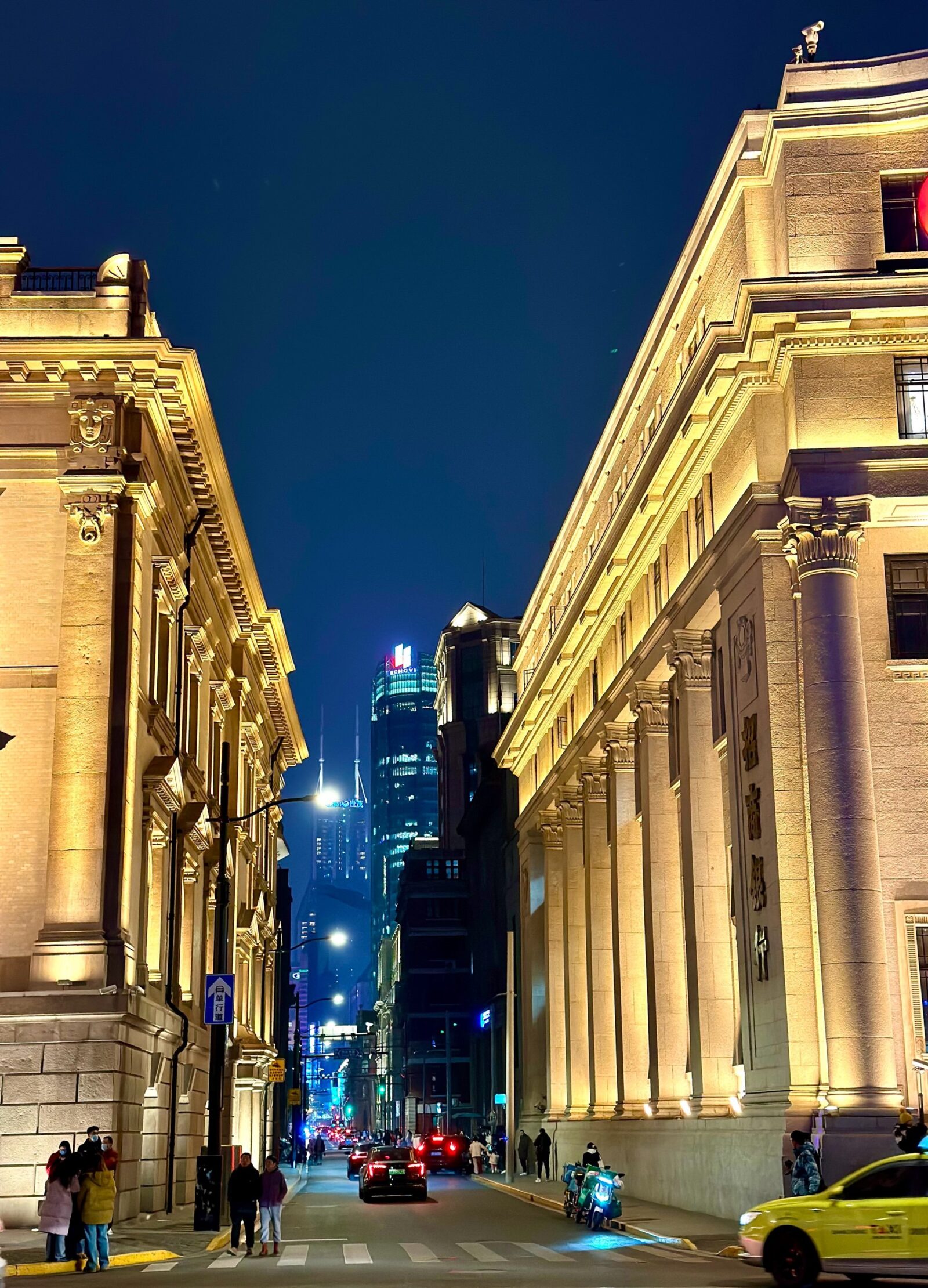
Nanjing Road
How to talk about Shanghai without mentioning Nanjing Road? Ideal city planners have said. I got a good look at the East side the other day, all glass-front malls and neon signs. And there's a shopping throng some days that runs to well over 1.5 million people a day. This came from one of the city tourism reports, even though it probably can figure higher than that now. The West section is much slower, with old-style department stores like Wing On and century-old brand names shovelling silk, watches, those little tins of Edinburgh biscuits you only find in your grandmother's cupboard. In between the two, little food courts line up upstairs like an artery, doling out dumplings or a bowl of hot wonton that steams up your glasses as you eat it.
A while back, I came here just for a snack and ended up with a paper bag full of táng chǎo lì zi – (sugar-roasted chestnuts) the kind that'll burn your fingers if you pick it up too soon. They floated the length of the whole sidewalk, mingling with perfume from a nearby cosmetics shop. Street musicians were out, their saxophones cutting across the hum of late-night chatter. Under a sign the color of bright red blood reading “步行街” I stood, peeling beans and watching the crowds pass on by. Busy indeed, but not cramped: more like the city's heartbeat under my feet.
The Bund – More Than Just a Waterfront View
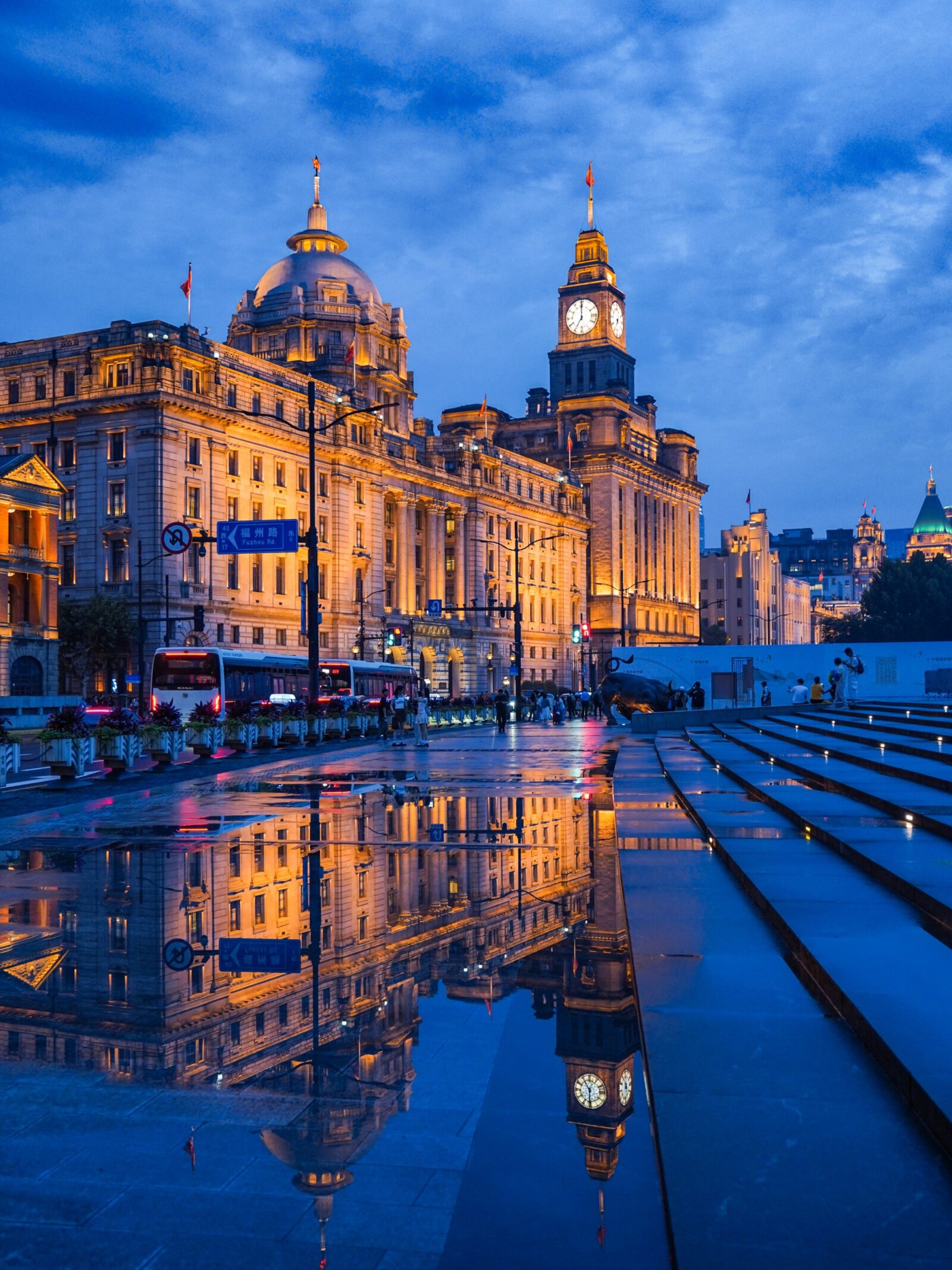
The Bund on a Rainy Night
It isn’t just a riverside walk. It’s where old Shanghai stares straight at the new. On one side, rows of colonial-era buildings—banks, hotels, clubs—built when foreign concessions ran the show. Their stone facades still carry the names, though some letters are faded. Across the Huangpu River, Lujiazui’s skyline rises sharp: the twisting Shanghai Tower, the pearl-topped Oriental Pearl TV Tower, glass towers catching every scrap of light.
I came here late one afternoon. The sky was turning gold, and the water picked up the color. Tourists leaned over the railings, phones out. A bride in a white gown posed under the clock tower of the old Customs House, her veil tugged by the wind. A street vendor nearby sold bottled tea and grilled squid. The air smelled faintly of river and soy sauce. I didn’t check the time. The Bund has that effect—it makes you forget what you were rushing for.
Looking for more than touristy Bund selfies? Discover Best Shanghai Photo Spots: Where to Capture the City’s Spirit
Wukang Road – A Stroll Through the French Concession
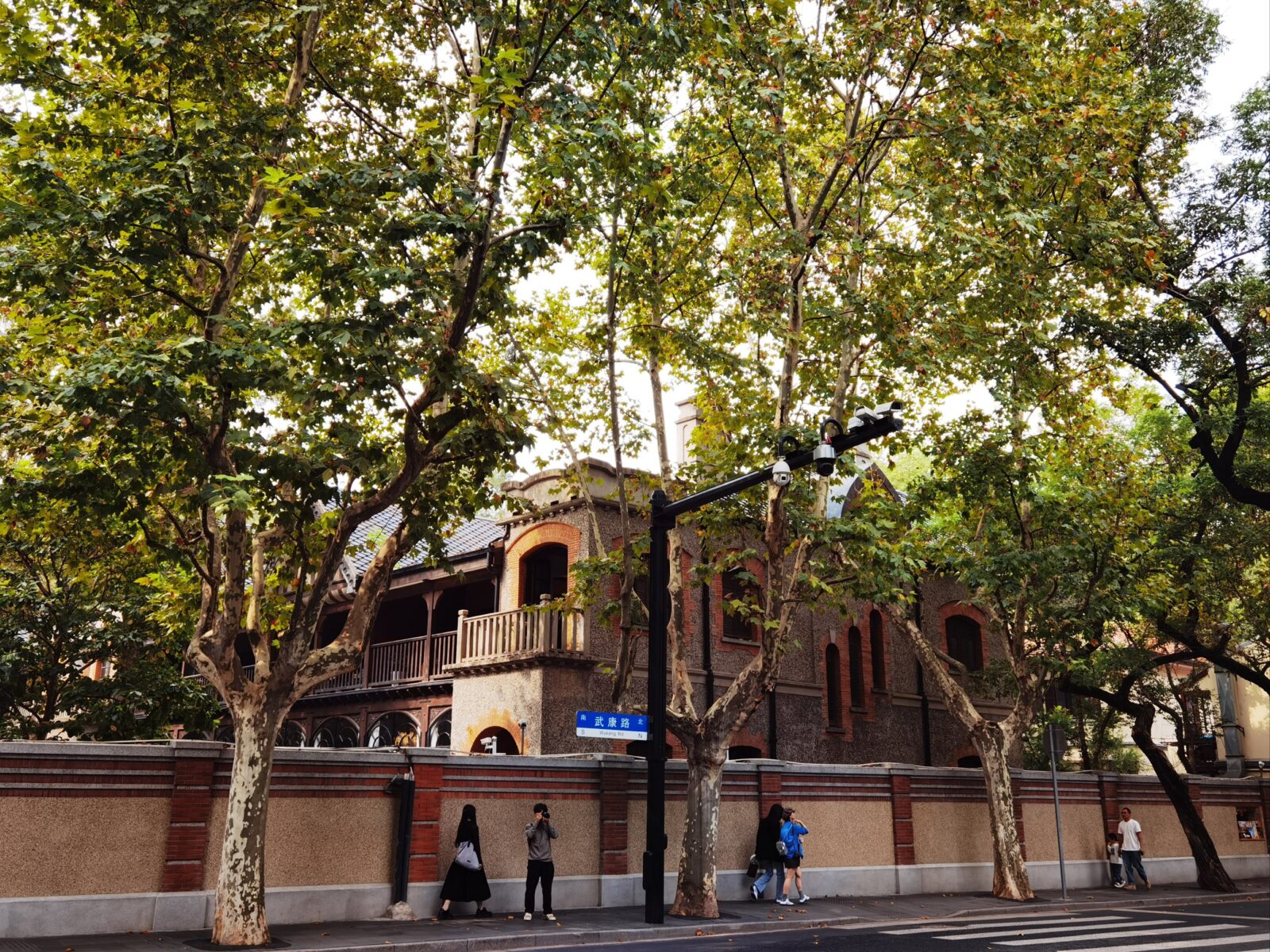
Plane tree-shaded Wukang Road
Wukang Road feels like a different pace of Shanghai streets. It’s short—just over a kilometer—but lined with historic villas, each with its own quirks. Some have ornate balconies, others plain brick walls softened by ivy. Most were built during the French Concession era, and you still see the plane trees arching overhead, leaves filtering the light into shifting patterns. There are plaques on certain façades, marking them as protected heritage. You stop, read a name—someone who lived here decades ago—and wonder what the street sounded like back then.
These days, the whispers come from open café doors and the chime of shop bells. I passed a flower shop with buckets spilling over in color, then a tiny bookstore with its door propped open by a stack of novels. The smell of fresh bread drifted from a bakery down the block. People weren’t rushing; even the cyclists seemed in no hurry. It’s the kind of street where you end up walking slower than you meant to, and you don’t really mind.
Anfu Road – Artistic Vibes and Boutique Stores
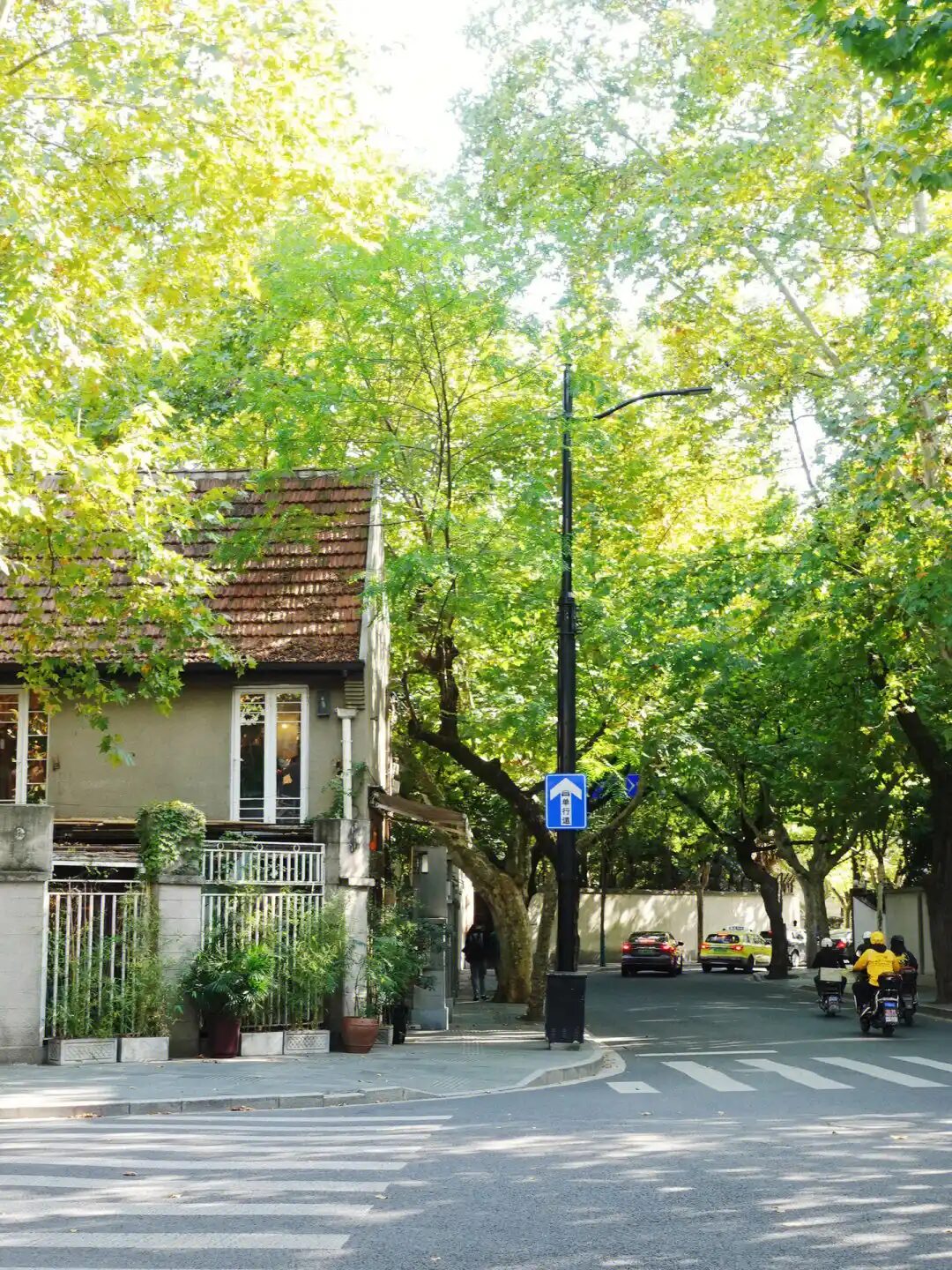
Anfu Road
It is a Shanghai street with an unrefined feel. Venues include a collection of low-rise buildings with walls pastel in hue holding small designer boutiques that cannot be found in malls. The scent of trays of croissants so golden they catch the morning sun wafts far enough out into the street that it pulls you in without thinking. Some storefronts are adorned with potted plants, mismatched chairs, or old bicycles leaning against the wall—tiny touches that make you stop and snap a picture. Even the billboards seem to be made for a much slower pace.
After midday, the street hums with a new buzz. Locals tuck into brunch cafes, sipping flat whites or spooning congee. There is one place here famous for its XLB—Shànghǎi street food that’s worth a detour. The clinking of metal tableware is accompanied by quiet music that emits from open windows. Conversation covers travel far noisily onto the pavement. It’s not noisy, but the street seems somehow lively in a way that stays in your mind afterward.
Wondering where to try the best Shanghai breakfast? We’ve got you covered here.
Yuyuan Road – Old Shanghai Meets Global Flavors
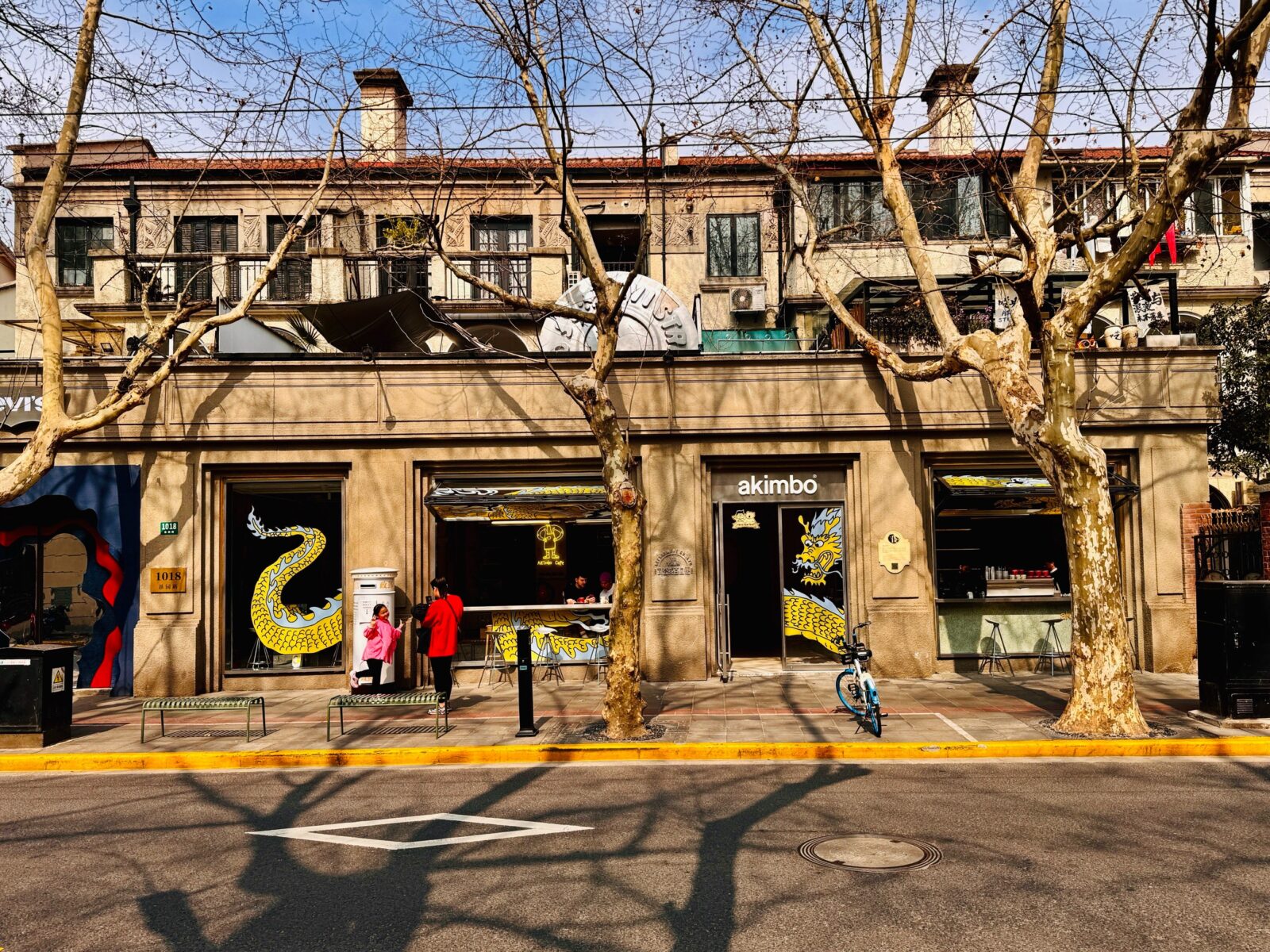
Street view along Yuyuan Road
Yuyuan Road stretches with a kind of quiet dignity. Many of its garden villas date back to the 1920s, when writers and artists made their homes here. Some façades are worn, shutters slightly crooked, but that only adds to the street’s pull. You might pass a doorway and see a brass nameplate of someone whose poems you once read, or catch the smell of camphor trees mixing with dust warmed by the sun. The pace feels slower here, even with traffic rolling past.
Food, though, keeps the street lively. A small Taiwanese shop serves pearl milk tea so fresh the ice still crackles. Two doors down, a French patisserie stacks slices of mille-feuille with impossible precision. Around the corner, someone grills skewers over charcoal, the smoke curling into the evening air. Yuyuan Road seems to collect flavors the way it collects stories—without hurry, but without pause.
Duolun Road – Where Literature Lives
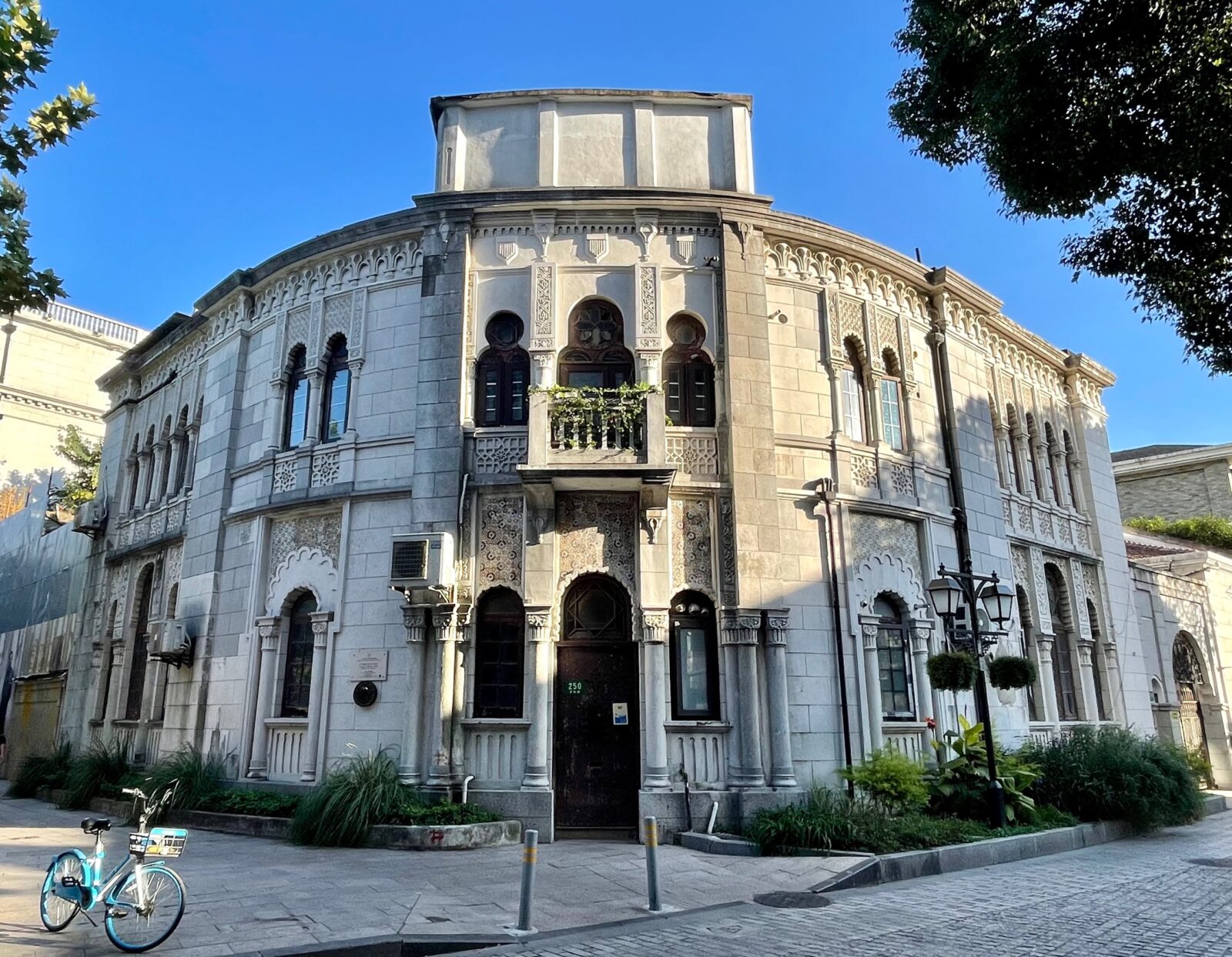
Historic Cultural Buildings on Duolun Road
Duolun Road doesn’t shout for attention; it waits. The cobblestones here have felt the steps of Lu Xun, Mao Dun, and other literary giants, their former residences tucked quietly behind gates. Some houses are restored, paint fresh, while others keep their age in peeling corners and creaking floors. Street lamps cast a softer light, almost as if they know this is a place for slower thoughts. You can stand outside a doorway and picture a writer pausing here, cigarette in hand, looking for the right words.
Along the way, small museums and private galleries open without much fanfare. One displays old printing presses; another keeps shelves of handwritten letters. Between them, you find cafés with mismatched chairs and the smell of strong coffee. A collector’s shop offers porcelain, coins, and bookplates, each with a story the owner is eager to tell. Duolun Road feels less like a tourist stop and more like a chapter you stumble into, one you’re in no rush to finish.
Tips for Exploring Shanghai Streets Like a Local
Best Time to Visit and Shoot Photos
If you want Shanghai streets without the elbow-to-elbow shuffle, aim for early mornings on weekdays. Light spills through the plane trees just after sunrise, giving your shots a soft, golden wash. Late afternoons work too, especially in winter when the air is crisp and crowds thin. Avoid national holidays unless you’re chasing a festival scene—then embrace the chaos. Bring a wide lens for narrow alleys, and don’t be shy about stepping into a side lane if something catches your eye.
How to Get Around – Metro and Bike Sharing
The metro is your quickest friend here—Line 2, 10, and 3 connect most spots on this citywalk. Stations are well-marked in English, and rides rarely cost more than a few yuan. For shorter hops, scan a bike via Alipay or WeChat; the streets between Wukang, Anfu, and Yuyuan are flat enough for easy pedaling. Dockless bikes mean you can stop anywhere for photos or snacks. Just remember: traffic here flows fast—stick to the bike lanes and keep one hand ready for the bell.
Frequently Asked Questions (FAQs)
Q: Are Shanghai streets pedestrian-friendly for families with kids?
Many central streets like Nanjing Road’s pedestrian section are stroller-friendly, with smooth pavement and wide sidewalks. However, smaller lanes such as parts of Wukang Road may have uneven cobblestones or narrow walkways. Crossing streets is safe if you use designated pedestrian lights—Shanghai drivers generally respect them, though rush hour can be crowded.
Q: Do Shanghai streets have public restrooms or facilities nearby?
Yes, most busy streets—especially tourist areas like The Bund—have public restrooms, often signposted in English and Chinese. You’ll also find clean facilities in malls and cafés along Anfu Road or Yuyuan Road. Some older areas might require a short walk to find one, so keep an eye out for the blue “WC” signs.
Q: Is it easy to find English signs or maps while walking in Shanghai?
In main tourist streets like Nanjing Road or The Bund, street signs and metro exits are bilingual. Wukang Road and Duolun Road have heritage plaques in English. Smaller neighborhood lanes may not have English signage, but phone maps like Baidu or Google Maps (with a VPN) can help.
Q: Are there night markets or street food spots open late on these streets?
Not all of them. Nanjing Road has snack stalls open until late, and Yuyuan Road offers dessert shops into the evening. For a real late-night food scene, you’d head to side streets near People’s Square or the Old Town area, which stay busy past midnight.
Q: Can I explore these streets by bike or is walking better?
Walking gives you more time to notice details, like the shopfronts on Anfu Road or old façades on Duolun Road. However, Shanghai has a strong bike-sharing network, and you can cycle most of the route between The Bund and Yuyuan Road. Just note that some narrow lanes are better on foot.


